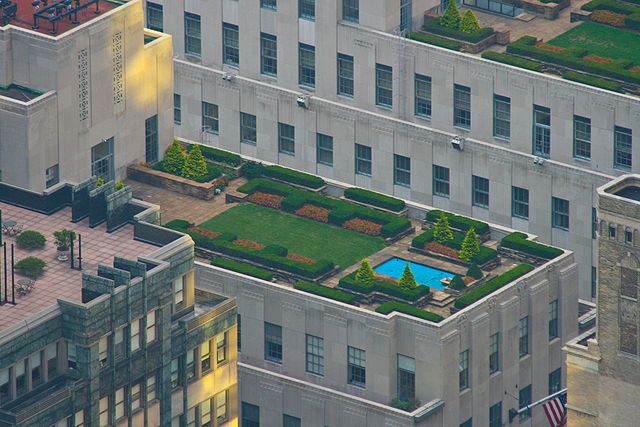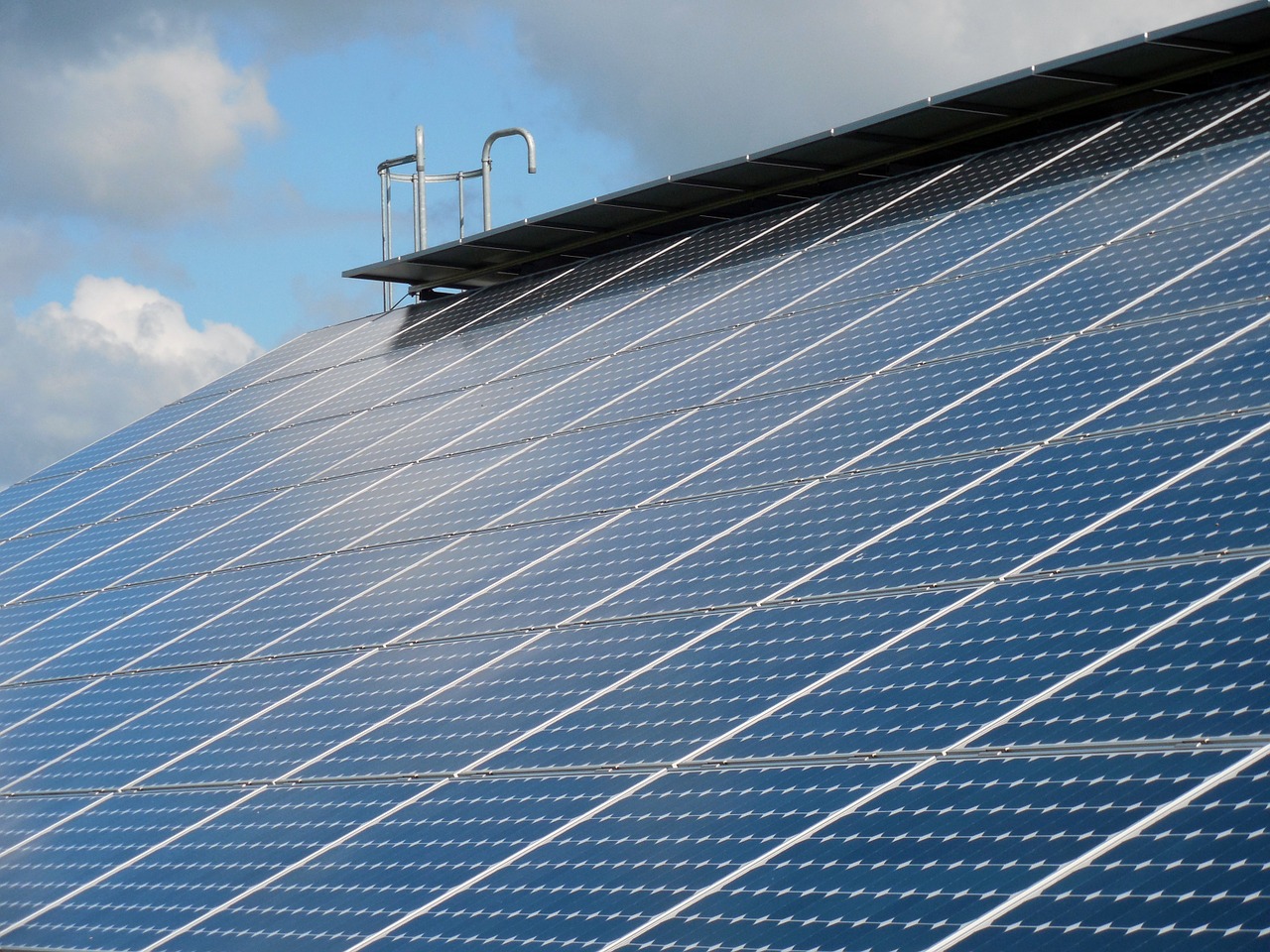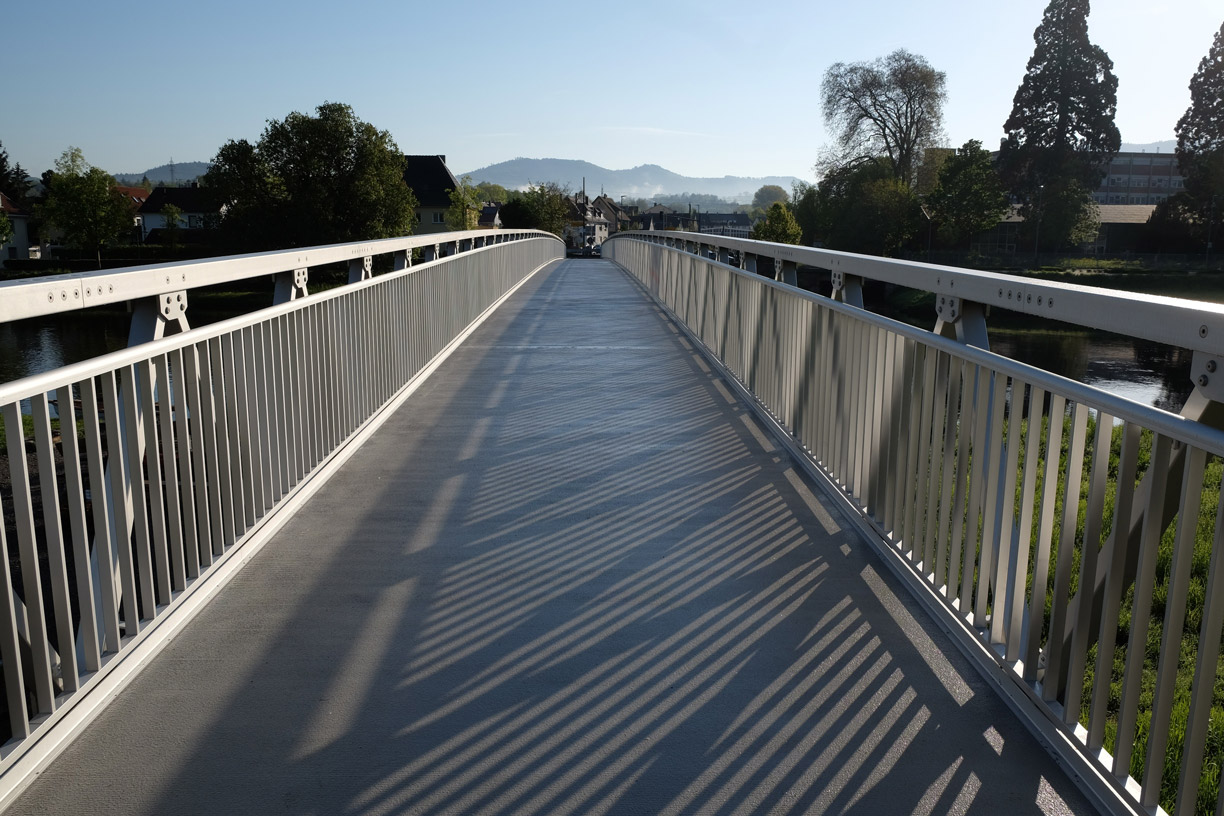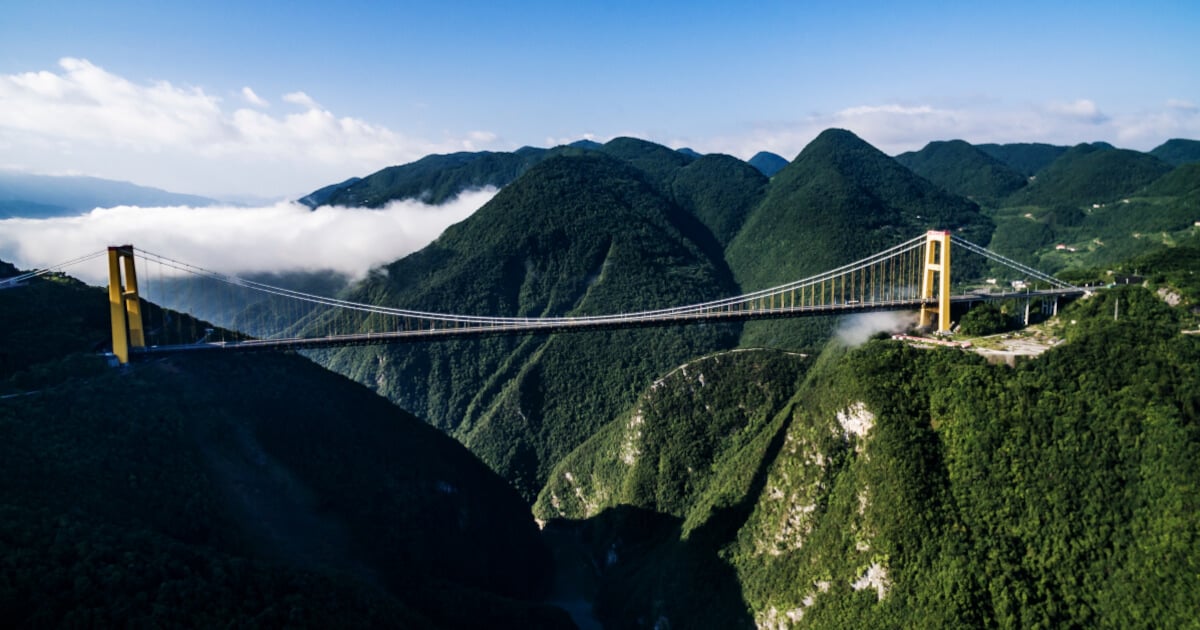Roof gardens are trendy: They increase the living and leisure value, offer protection from wind and weather and also help to save energy. Read this article to find out what economic and environmental advantages a green roof also offers and what matters when planting.

© By Jwilly77 (Own work) [CC BY-SA 3.0 (http://creativecommons.org/licenses/by-sa/3.0) or GFDL (http://www.gnu.org/copyleft/fdl.html)], via Wikimedia Commons; Rockefeller Center Roof Garden
Planted roofs are not just of architectural value, but they also save a great deal of money. The plants protect the roof structure and sealing from wind and weather. The maintenance costs are thus low. The sprouting vegetation on the fifth facade also serves as natural insulation and thus improves the thermal insulation. This added value was scientifically proven: In December, the heat losses of a planted test roof were a quarter lower than that of a conventional roof. In warm temperatures, the planted roof again served as natural air conditioning, since it prevents the underlying rooms from heating up.
In addition to these economic aspects, there are also environmental highlights, which make roof planting into a popular architectural solution. Planted roofs serve to recover vegetation areas in urban areas and offer habitats for insects and birds. A well thought-out green roof saves rainwater and returns it to the atmosphere via evaporation. Due to the higher air humidity and cooling, this thus provides a healthy microclimate. Plantings on residential and industrial buildings are also powerful CO2 binders.
The Microsoft Österreich GmbH realized: A healthy indoor climate at the workplace is an essential requirement for the ideal effort of the employees.
Government subsidies: Green money
Municipalities have also recognized all of these advantages and are promoting the construction of planted roofs, such as the city of Hamburg. Already today, plants are growing on over 7,000 roofs in the Hanseatic city. To increase this statistic, the government is investing a total of three million euros of funding by 2019. Since 2014, it has been possible for property owners to apply for subsidies to build their green oases at airy heights. Owners of planted roofs are also relieved of the surface water drainage fees. Planted roofs absorb rainwater and thus relieve the load on sewage systems and clarification plants. In cities like Berlin, a euro per square meter per year can be saved in this way.

© von David Shankbone (David Shankbone) [GFDL (http://www.gnu.org/copyleft/fdl.html), CC-BY-SA-3.0 (http://creativecommons.org/licenses/by-sa/3.0/) oder CC BY 2.5 (http://creativecommons.org/licenses/by/2.5)], via Wikimedia Commons; Rockefeller Center Roof Garden
Extensive and intensive planting
There are various forms of roof greening, because not every type of plant works on every roof. The so-called extensive planting consists primarily of moss and grasses, which require significantly less care than the version of intensive planting. Entire gardens grow here at great heights and serve as places to relax and recover. Disadvantages here would only be maintenance costs and the high acquisition costs. A structural engineer checks what type of planting is suitable for which roof. If a roof bears no more than 150 kg per square meter, the only option is extensive planting.
At 500 kg of load capacity per square meter, botanical dreams know no limits. In addition to structural analysis, the shape of the roof also plays an important role. Flat roof planting is optimal here. This is particularly easy to create hanks to the low angle of inclination of up to 5 degrees. Pitched roofs with an angle of inclination of up to 15 degrees are also suitable. Steeper roofs are more complicated, but not impossible. Erosion protection and a roof-proof water seal must be ensured here.
Roof greening and vertical gardens: The green lungs of the city
It is not just green roofs that are characterizing the architectural landscape worldwide. Especially in urban metropolitan areas like New York and Tokyo, vertical gardens are also characteristic of the cityscape. Especially with sealed metropolises, the green faces of buildings make an important contribution to the quality of life of its residents.





